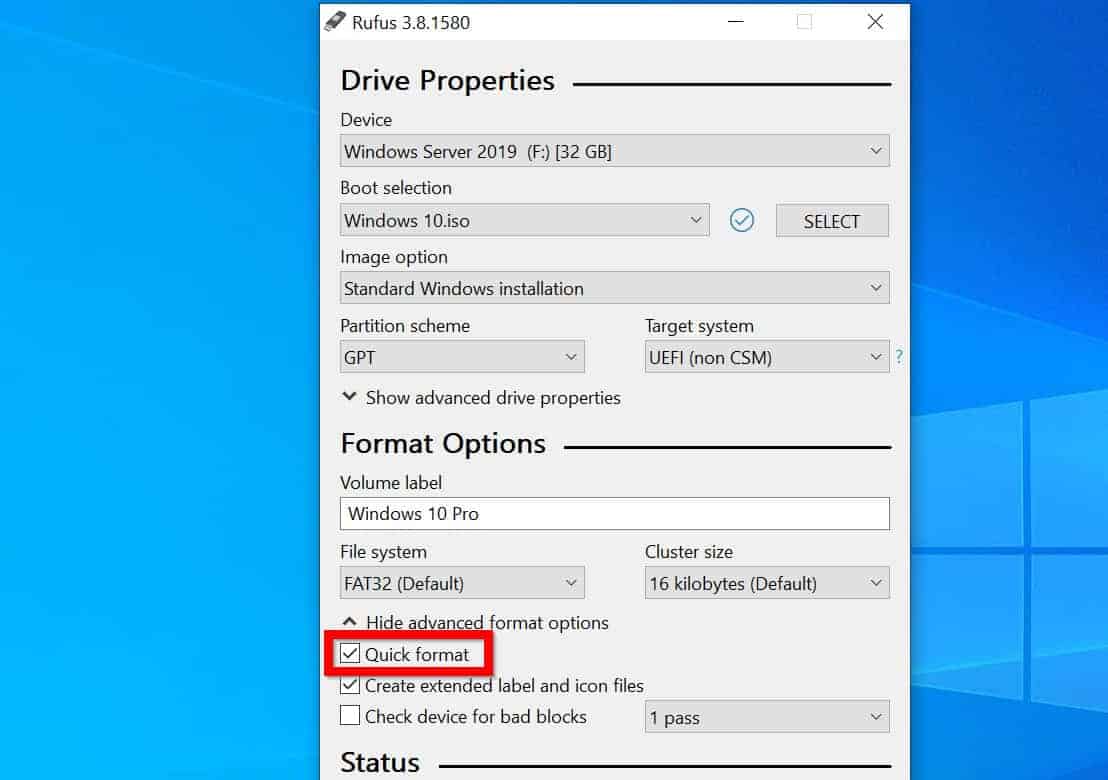
- HOW TO COPY ISO TO USB WINDOWS 10 HOW TO
- HOW TO COPY ISO TO USB WINDOWS 10 INSTALL
- HOW TO COPY ISO TO USB WINDOWS 10 WINDOWS 10
- HOW TO COPY ISO TO USB WINDOWS 10 SOFTWARE
- HOW TO COPY ISO TO USB WINDOWS 10 PC
… Once the default settings have been reverted, restart your computer and see if you are able to burn the music without encountering the “windows media player cannot rip one or more tracks from the cd” error. Open File Explorer and expand the Libraries menu. Make sure that Windows Media Player is properly closed. Why Can’t I Rip CDs With Windows Media Player?
HOW TO COPY ISO TO USB WINDOWS 10 WINDOWS 10
Windows 10 comes with a built-in tool called System Image to help transfer your hard drive.
HOW TO COPY ISO TO USB WINDOWS 10 SOFTWARE
– Boot up third-party software or the System Image tool. The procedure can only be performed on a system that has a CD or DVD-ROM drive as well as an available USB port. The contents of a CD can be copied to a USB drive for easy transfer between devices, provided that the CD does not have any form of Digital Rights Management to prevent illegal distribution. Formatting the flash drive as exFAT or NTFS will resolve this issue. Files larger than 4GB can NOT be stored on a FAT32 volume. Why can’t I transfer a 4GB or larger file to my USB flash drive or memory card? This is due to FAT32 limitation. Connect your thumb drive, right click, copy, then browse to your thumb drive, then click paste. The audio disc, will be ripped to your Music folder (Start > File Explorer > Music). If you’re copying files to your USB flash drive and you receive a message such as “There is not enough space” or “There is insufficient disk space to complete the operation,” then you’ve run out of free space on your flash drive.Click the Audio disc in the left pane of the Windows Media Player, then click the Rip CD button at the top of the window.

HOW TO COPY ISO TO USB WINDOWS 10 HOW TO
RELATED: How to Copy, Cut, and Paste on Windows 10 and 11 What to Do If You Run out of Space on the Flash Drive It’s a good idea to “Safely Remove” (or eject) the drive before you do. The files you “copied” to the Clipboard earlier will be copied onto the USB flash drive.Ĭongratulations: Your files are now on the USB drive. In the menu that pops up, select “Paste.” Place your mouse cursor over a section of blank space within the USB thumb drive window and right-click again. Using your mouse cursor, select the file (or files) you would like to copy, then right-click on the selection. You can also copy files in Windows using the Clipboard. In the future, you can also drag files directly onto the USB flash drive icon in “This PC” to copy them to that location. When an icon representing the file or files appears over the destination window, release the mouse button, and the files will be copied to that location. Using your mouse cursor, select the file (or files) you would like to copy, then click and hold the mouse button to drag the files to the USB thumb drive window. How to Copy Files by Dragging and Dropping There are several ways to do it, but here are the two most common methods. What happens next depends on how you’d like to copy the files. You should now have two windows open side by side. Use the new window to locate the files you would like to copy.Īfter you’ve located the files, return to the “This PC” window and double-click the USB drive icon to open it. While keeping the USB drive window open, press Ctrl+N to open a new File Explorer window. RELATED: How to Find Your Missing USB Drive in Windows 7, 8, and 10 Find the Files You Want to Copy

If the USB drive doesn’t show up in your “Devices And Drives” list, you’ll have to perform some in-depth sleuthing to figure out what it going on. Note that the “C:” drive is almost always the main drive on your PC, unless you go very out of your way to change it.ĭepending on how File Explorer is configured (see the “Layout” options under the “View” menu), the style of the icons within this window may appear different on your machine. If your USB drive has been recognized correctly and is ready to receive files, it will appear in this location with a name and a drive letter assigned to it, such as “D:”, “E:”, or “F:”, or another letter. In the window that pops up, locate the section called “Devices And Drives.” If necessary, click the small carat-shaped arrow to the left of the section header to reveal a list of the drives.
HOW TO COPY ISO TO USB WINDOWS 10 PC
This is a direct shortcut to a list of drives attached to your PC in File Explorer. Then open the Start menu, type “This PC,” and hit Enter. (These instructions will work for other external storage devices, too, including SD cards and USB hard drives.)
HOW TO COPY ISO TO USB WINDOWS 10 INSTALL
Give your PC a minute to recognize the drive and automatically install any needed drivers for it. First, plug your USB flash drive into a USB port on your Windows 10 PC.

Before we can copy any files, we need to make sure the flash drive is connected and ready to receive data.


 0 kommentar(er)
0 kommentar(er)
